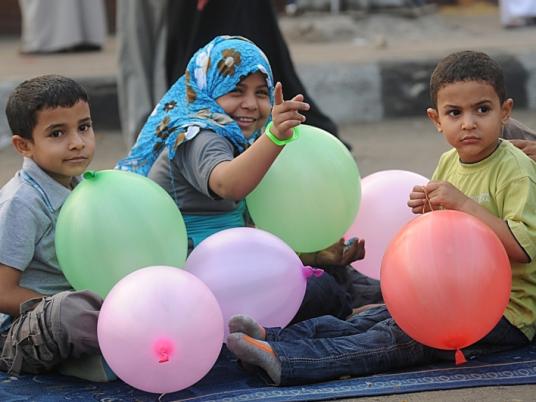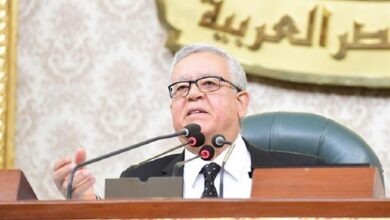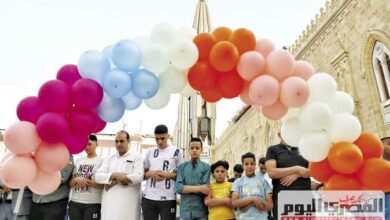
Once the crescent moon is sighted and the new month of the Islamic calendar brings the first day of Eid, 7-year-old Hamza Amr starts getting ready.
He goes to bed early to catch the Eid prayer early in the morning and then starts on a door-to-door trip, visiting his aunts, uncles and grandparents. This is when what he’s planned for months starts to materialize. Amr begins receiving his annual Eid money, known as eideya. He looks forward to his trip to the toy store with the much-coveted Backogons, Ben 10 and Power Rangers toys — he can buy what he wants with his newly acquired riches.
Coming out of an intensely spiritual month of fasting and praying, the origin of the Islamic holiday, Eid, is a celebratory end to the 30-day abstinence from worldly pleasures. Eid morning begins with prayer, in essence as a reminder of the spirituality of the holiday. Islamic teachings derived from the sayings of Prophet Mohamed emphasized the importance of bringing joy to people’s hearts and including everyone in the festivities.
For some children, it can also bring bulging wallets and overflowing toy boxes.
In many parts of the Arab world, children go trick-or-treating in their new clothes for the eideya, returning home to count their riches.
History teacher Hanan Deyab feels the focus of the material aspect of Eid and its festivities tends to muffle the spirituality of the occasion.
“The Fatimid era started turning Islamic traditions, which would usually be met with fasting and prayer, into festivities associated with food and money,” says Deyab, “while trying to get people attached to their holidays, the Fatimids unintentionally also helped in losing the spiritual essence of most Islamic holidays.”
About 300 years later, the Mamluks introduced the eideya tradition to Egypt, which would remain in its different forms until this very day.
The expression of joy has been, since the Mamluk era in Egypt, translated into money. The term eideya is derived from the Arabic word Eid, which means giving and kindness. The eideya did not start as a gift for children, however.
Originally, the money distributed on the day of Eid was called the “jamaika,” and was money the caliph gave to soldiers and other subjects to celebrate Eid and show joy over the holiday. Gradually, the tradition turned into one in which children and other dependents, such as employees and, in some traditions, women, were given money by anyone who is more financially capable than them.
Maha Wagdy, Amr’s mother, says the intensity of Ramadan and the spirituality associated with the holy month is what prompts her to focus on material fun with her son, not really touching on the spiritual aspect beyond the Eid prayer.
“He knows visiting the family is something encouraged by our beliefs,” says Wagdy, but beyond that, he usually is focused on the toys.
Wagdy tries to follow the traditions her family upheld as a child. But Wagdy, now 34, didn’t have a variety of toy shops to visit and, living in Kuwait, her extended family didn’t live nearby. The only constant was the Eid prayer and the Eid money.
Wagdy tries to bring about a learning experience for her son as he is faced with the endless variety in toys and possibilities.
“As he grows, he knows more and more what he wants and understanding the concept of money. He has to manage his money and make his decisions based on the amount of money he has,” he says.
Amr sums up why he — and many children his age — likes Eid.
“I get a lot of toys,” he says.
This piece was originally published in Egypt Independent’s weekly print edition.




